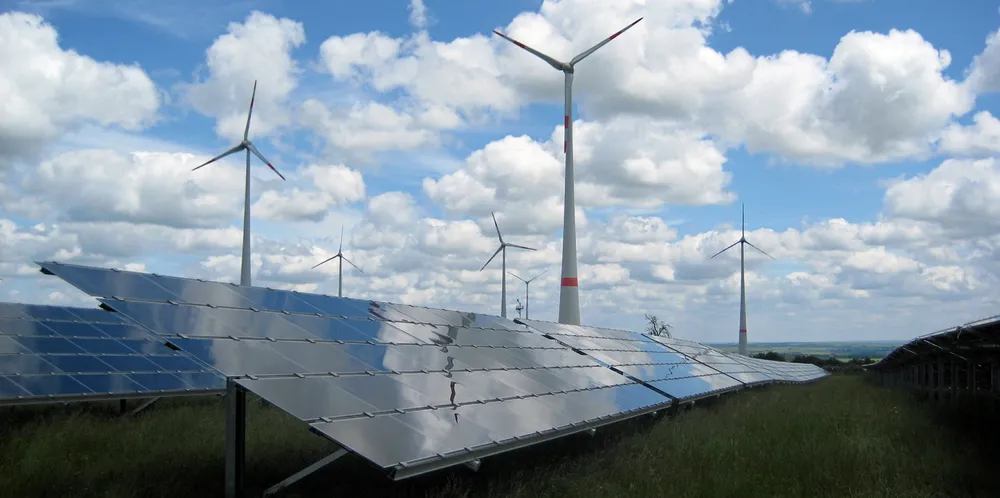Renewables meet nearly half of German power needs as prices soar on 'Russian escalation'
Wind and solar share increases in 2022 but wholesale electricity prices more than double due to throttled gas deliveries

Wind and solar share increases in 2022 but wholesale electricity prices more than double due to throttled gas deliveries
